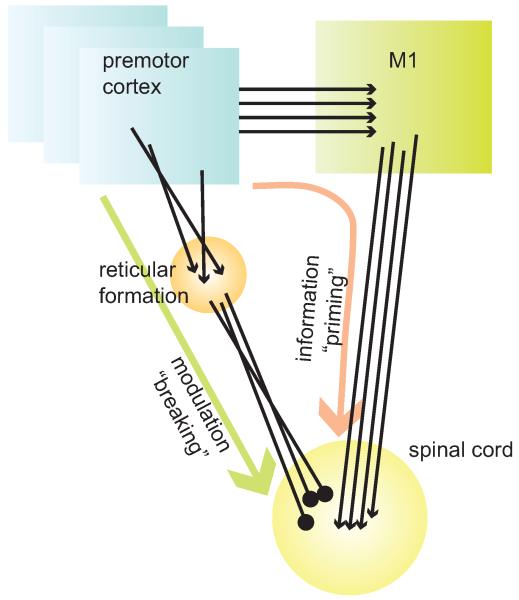Figure 4. Illustration of possible model to account for the events that take place during preparation for movement in the motor system.
In our model two pathways affect spinal circuitry during preparation for movement. The first delivers information from premotor cortex to motor cortex and subsequently via the corticospinal tract to the spinal cord. The pathway delivers task-related information and its main property is the fact that the convergent pattern of the terminal is organized to preserve the information delivered via this pathway. The second pathway connects premotor cortex with spinal cord indirectly via the reticulospinal pathway. Here, the termination pattern is not organized in a manner that preserves task-related parameters and thus a global, mostly inhibitory signal is transmitted. This pathway serves to modulate spinal circuitry by applying global inhibition and thus prevents premature release of the motor action. This organization is consistent with the fact that when stimulating the premotor cortex, the main excitatory spinal measured by muscle response; the effect is obtained indirectly via M1 (see text for details). In this scheme both excitatory and inhibitory processes that take place during preparation for movement have a supra-spinal origin. Note that the premotor cortex is represented here by multiple boxes to illustrate the fact that several premotor sites may operate in parallel during preparation for movement.

